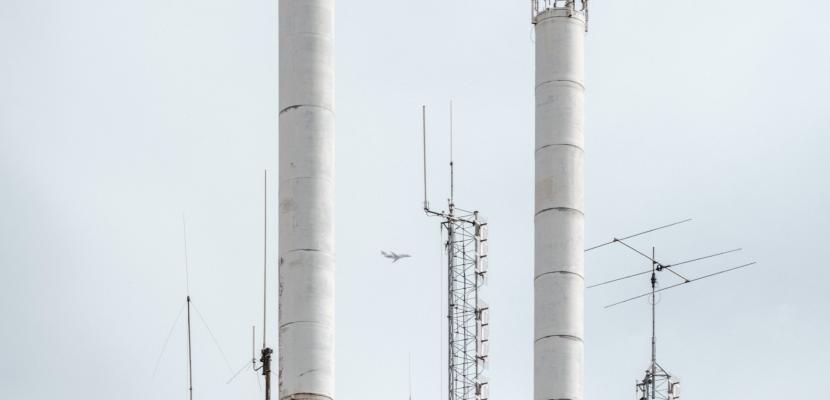Image

Integrated District Heating System in Torino
Published on 05 July 2021

Italy
Piemonte
This is the good practice's implementation level. It can be national, regional or local.
About this good practice
District Heating Networks (DHNs) are crucial infrastructures for the implementation of energy efficiency and CO2 reduction plans, especially in countries with continental climate. The Turin DH system is the largest one in Italy and one of the largest in Europe. Turin DH network currently serves more than 500,000 people, with a network extent larger than 6800 km of dual piping and about 640.000 residents served. The system is fed with the heat produced by the three modern combined heat and power plants (CHPs) and it is also equipped with heat storage units.
The actual system is the result of several stages of development implemented across more than twenty years.
The actual system is the result of several stages of development implemented across more than twenty years.
Resources needed
The district heating pipe-line has investment cost (cost only related to the installation of the pipe-line) of about 500-800 €/m.
Evidence of success
70 milions of m3 of heated volume
680 Km dual piping
640.000 residents served
CO2 savings: 25% CO2 saved compared to separate generation of the same ammount of electricity and heat. This mens that for the entire District Heating (DH) of Metropolitan city of Turin it corresponds to about 500.000 tons of CO2 emissions saved.
680 Km dual piping
640.000 residents served
CO2 savings: 25% CO2 saved compared to separate generation of the same ammount of electricity and heat. This mens that for the entire District Heating (DH) of Metropolitan city of Turin it corresponds to about 500.000 tons of CO2 emissions saved.
Potential for learning or transfer
The development of a District Heating System based on multi energy production sites, integrating the use of RES is essential to go in the direction of a more decentralized energy system;
The envisaged development is aiming at the DHS 4th generation, where there is a low energy demand and an optimum interaction of energy sources, distribution and consumption. This can be possible by reducing the temperature of the distributed heat, which is very tricky in an already established system, but could be feasible in some pilot areas. In such a wide connected area, as it is Torino. This could be done in specific area under construction or under deep renovation where heat exchangers could be used for the purposes.
The envisaged development is aiming at the DHS 4th generation, where there is a low energy demand and an optimum interaction of energy sources, distribution and consumption. This can be possible by reducing the temperature of the distributed heat, which is very tricky in an already established system, but could be feasible in some pilot areas. In such a wide connected area, as it is Torino. This could be done in specific area under construction or under deep renovation where heat exchangers could be used for the purposes.
Further information
Website
Good practice owner
You can contact the good practice owner below for more detailed information.
Organisation
Polytechnics of Torino

Italy
Piemonte
Contact
